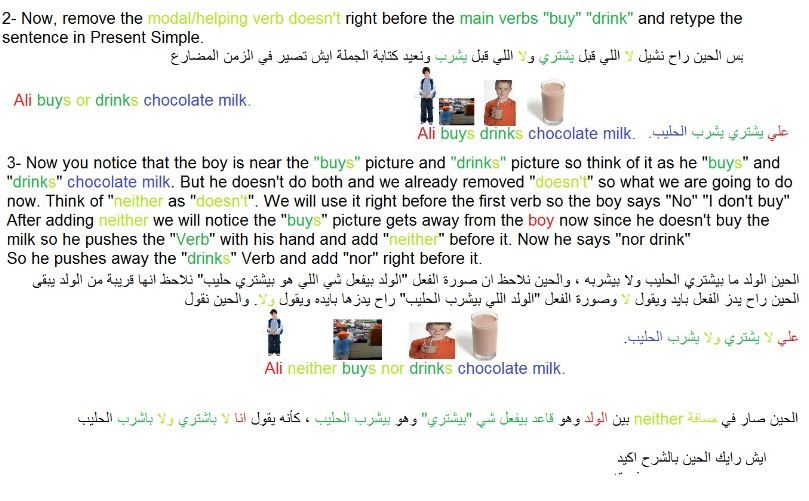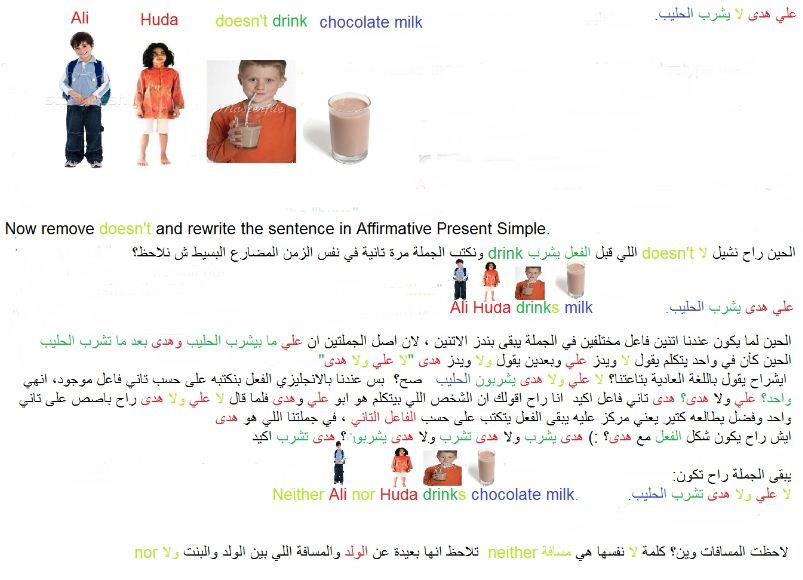Explaining the Grammar Rule in writing, you will find it boring 
Neither… does the same as doesn’t or any negative modal (can - could - will - would - might - shall - should) or Helping Verb (hasn’t - haven’t - hadn’t - doesn’t - didn’t - didn’t)
Neither takes the place of these negative form of modals and helping verbs
So, the sentence that has any of the mentioned negative form of modals or helping verb is a negative sentence.
And the sentence that has neither is a negative sentence and we should not use “not” with the modal or helping verb.
Except for these three “doesn’t - don’t - didn’t” We remove “not” and “does” means the sentence is in Present Simple so we should now add “s” to the verb in the “neither” sentence"
didn’t mean the sentence is in Past Simple, so we should use the Verb + ed in the “neither” sentence.
And do also mean the sentence is in Present Simple but for a plural Subject, so in the “neither” sentence we will use Verb (infinitive).
In sentences that has the same subject, same verb but different Object, we use “neither” right before the 1st Subject and “nor” between the two objects. such as.
John doesn’t eat meat. John doesn’t eat rice.
In the previous example, as said before when we write “neither” version of that sentence, we should get rid of the negative form “not” removed from doesn’t and what “does” mean?
It means the sentence is in Present Simple with a singular Subject, so we should add “s” to the main verb “eat” to become “eats”.
In the other part we notice a duplicate “doesn’t eat” we don’t need that one in our “neither” sentence. So now we will rewrite the 1st sentence with the 2nd object added next to the 1st one, neither is before the 1st object, “nor” is right between both objects.
John eats “neither” meat “nor” rice.
Luschen, tell me.
Is something wrong with my explanation of “neither…nor”?








